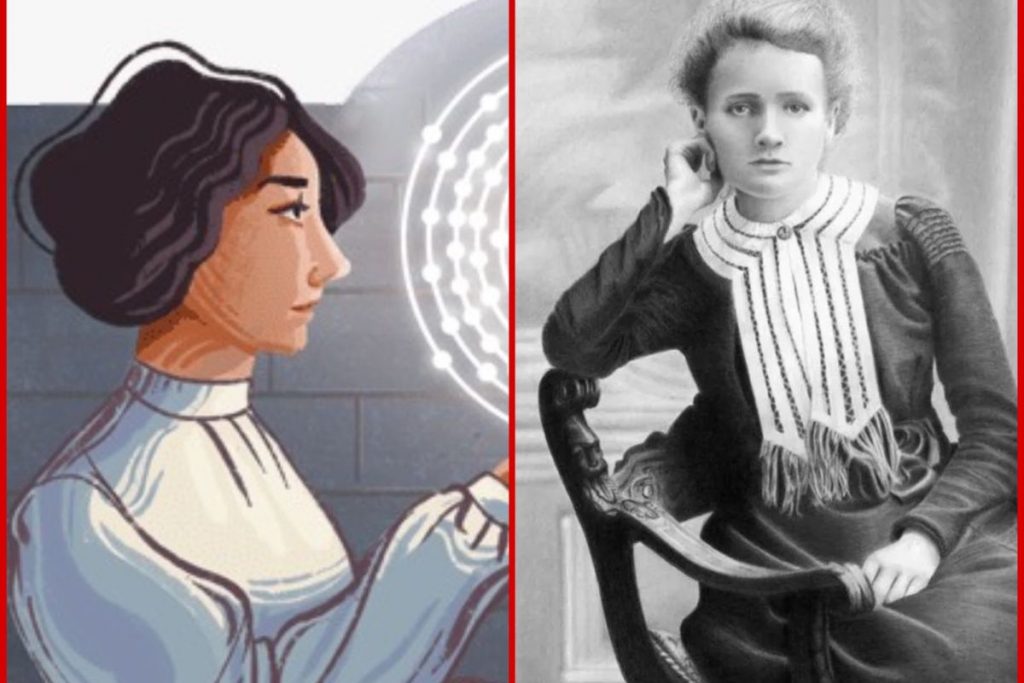New Delhi: Google is celebrating the 140th birthday of Romanian physicist Stefania Maracineanu with a beautiful doodle. She is popularly known for the discovery of radioactivity. Considered to be one of the pioneering women in the field of radioactivity discovery and study, the doodle shows Maracineanu working on Polonium in a laboratory.
Once you click on the doodle, the web page will be taking you to all related information about Maracineanu, who was well known for her unparallel knowledge “knowledge of precise electrometric measurements”.
Today’s #GoogleDoodle celebrates Ștefania Mărăcineanu’s 140th birthday. The Romanian physicist was one of the pioneering women in the discovery of artificial radioactivity.
Learn more about her inspiring story here —> https://t.co/j3aE1v5pGf pic.twitter.com/MZ72AXhSM9
— Google Doodles (@GoogleDoodles) June 18, 2022
Who is Stefania Maracineanu?
Born in Bucharest, on June 18, 1882, Maracineanu graduated with a degree in physical and chemical science in 1910. She started her career as a teacher at Bucharest’s Central School for Girls. Later, she received a scholarship from the Romanian Ministry of Science. However, she continued her studies at the Radium Institute in Paris.
Works of Stefania Maracineanu
The Radium Institute quickly became a global hub for the research of radioactivity under the guidance of physicist Marie Curie. Meanwhile, Maracineanu started working on her PhD thesis on polonium, a chemical element discovered by Curie.
During her study, Maracineanu discovered that the half-life of polonium seemed to be dependent on the metal it was placed on. This made her wonder if the polonium’s alpha particles had converted some of the metal atoms into radioactive isotopes. Thus, she discovered probably the first instance of artificial radioactivity.
Under Maracineanu, the country’s first laboratory for the research of radioactivity was established. She was dedicated to the research of artificial rain which made her visit Algeria to test her findings. She also concentrated on finding the connection between earthquakes and rainfall. She became the first to report that there was a legitimate increase in radioactivity in the epicentre leading up to an earthquake.
Maracineanu’s work was recognised by the Academy of Sciences of Romania in 1936, where she served as the Director of research, however, she never got global recognition for the discovery. The primary laboratory of the Radium Institute, where Maracineanu used to research is now called Curie Museum in Paris.

